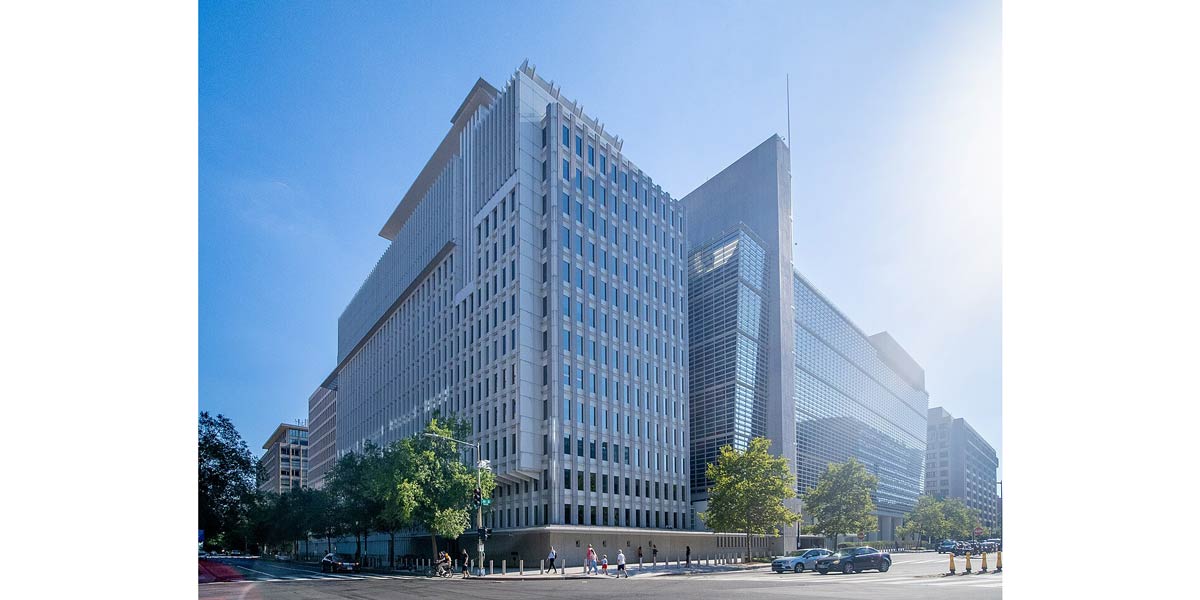On 23 October 2024 the IMF launched the latest issue of the Regional Economic Outlook for Europe.
Europe’s economic recovery is continuing after a strong response to the recent crises. However, the recovery is falling short of Europe’s full potential. The short-term outlook is being weighed down by uncertainty about persistent core inflation, the direction of economic policies and geopolitical conflicts. Potential growth in the longer term is held back by weak productivity growth and uncertainty of the effects of fragmentation, climate change and other structural problems.
By removing structural barriers and removing policy uncertainty Europe could strengthen growth in both the short and long term. Currently a modest increase in growth is projected for 2024 and 2025. In the advanced European economies and the Central, Eastern, and South Eastern Europe (CESEE) region, the projected growth rate for 2024 is 1.0% and 2.3%, and for 2025, growth for these areas is projected at 1.4% and 3.1%.
Inflation targets will only be reached in 2025 in advanced European economies and in 2026 in most CESEE countries. Policymakers therefore need steady macroeconomic policies to help firms and households cope with the uncertain environment. Central banks have appropriately started to ease, and in advanced European economies, interest rate reductions should continue steadily.
Fiscal policy should aim to rebuild buffers and secure debt sustainability. Public debt has risen substantially since 2020 as governments have provided the necessary support to households and businesses during the crises. As inflation is now closer to target and there are moderate levels of economic growth, this is the time to address high debt through medium-term adjustment efforts. The new European fiscal governance framework should be implemented as planned. Governments must manage the necessary fiscal adjustment and address the rising expenditure needs, and this will require structural fiscal reforms. In high-debt countries, fiscal adjustment should be front-loaded to secure market confidence; and create room for future spending.
In the near term, to protect the recovery, governments could prioritise the removal of hiring subsidies and removal of tax measures benefiting high-income households. Fiscal reforms then need to promote active reallocation of spending programs to reflect current policy priorities. Governments need to enhance revenue mobilization by broadening the tax base, closing tax gaps and improving digitization in revenue administration. In CESEE countries, especially those outside the EU, fiscal room could be created through broadening of tax bases, a more balanced tax structure, and improved tax policy design. These measures are relevant for Albania, Bosnia and Herzegovina, Serbia, and Moldova.
IMF analysis reveals that, in the advanced European economies, a lack of market scale and access to capital and skilled labour are holding back firms from operating at the global technology and innovation frontier. In CESEE countries there are lagging structural reforms and low investment rates. Policymakers need to find a clear message on how to promote economic growth.
For Europe to achieve its full growth potential, a larger and more integrated single market is needed, especially for goods, services, and capital. A fully developed single market could provide firms and entrepreneurs with the room to innovate and sustainably raise growth; it would also facilitate structural reforms and raise investment incentives in converging countries. CESEE countries also need to upgrade infrastructure, enhance worker skills, and improve institutions. By insulating businesses and labour markets from global fragmentation pressures, a more complete single market would strengthen economic resilience.














